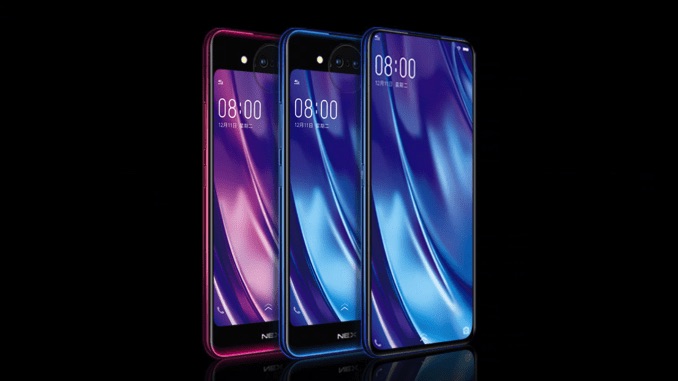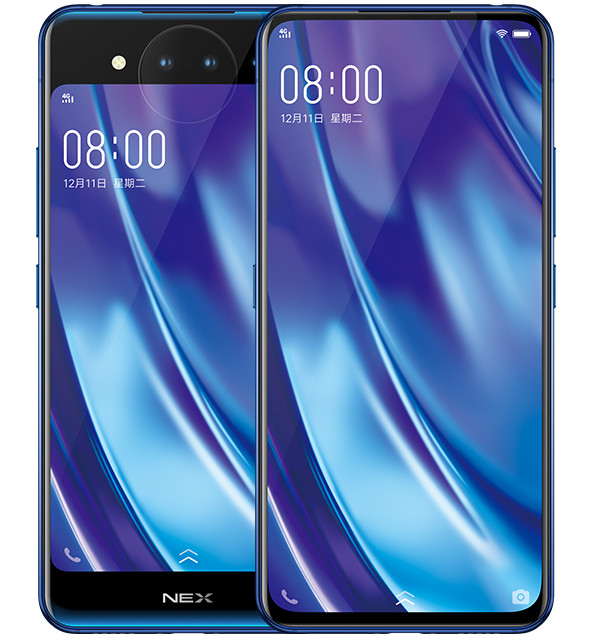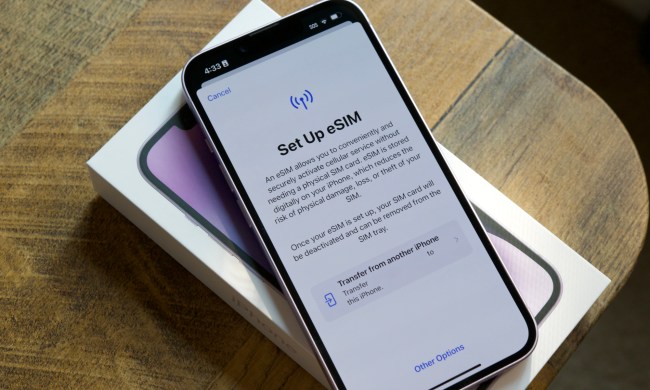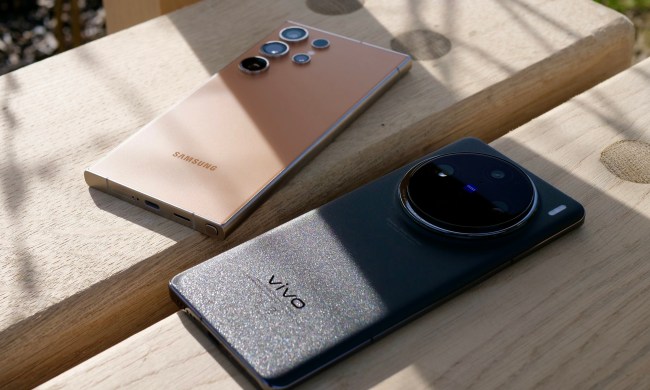
Vivo, the Chinese smartphone manufacturer that has captured headlines over the past year for its innovative devices, is upping the ante with its latest smartphone. The Vivo Nex Dual Display Edition is a stunning phone with two–yes two!–screens.
Here’s everything you need to know about the Vivo Nex Dual Display Edition.
Design and display
At first glance, the front of the Vivo Nex Dual Display Edition looks nearly identical to its predecessor. The front of the phone is dedicated entirely to the bezel-less display. Flip the phone over and it’s an entirely different story.
The back of the Nex Dual Display Edition features a second, smaller, display with chunky bezels. Those thick bezels do more than give you a place to hold the phone though; the top bezel is home to the Dual Display Edition’s triple camera setup. Fortunately, Vivo managed to pull off its latest flagship looking hokey, like some other dual-display phones we’ve seen recently.
And when it comes to displays, Vivo didn’t skimp. The phone features a 6.4-inch primary OLED display with a screen resolution of 2,340 x 1,080. The back display, on the other hand, is OLED as well and comes in a little smaller at 5.5 inches.
Specs and battery
In terms of specs, the Vivo Nex Dual Display Edition packs in everything you would expect from a flagship, and then some. It has a Qualcomm Snapdragon 855 processor along with a massive 10 GB of RAM. Storage comes in at a paltry 128 GB.
Battery life may be a tad disappointing as well. The Vivo Nex Dual Display Edition ships with a 3,500 mAh battery, which is smaller than its predecessor, even though the phone has two displays. Luckily, it has 10V fast-charging over USB-C.
Software and special features
When it comes to special features, the Vivo Nex Dual Display Edition doesn’t skimp. Here are a few of our favorites.
The dual screen is, of course, the major special feature on the Nex Dual Display Edition. But in addition to being great for selfies, the rear display also has some other interesting uses. Vivo says the second display can be used a rear touchpad for gaming, which sounds like an awesome idea as long as developers create games with the functionality.
There’s also Lunar Ring, one of the most versatile special features on the Vivo Nex Dual Display Edition. It is, of course, a light ring be used in different scenarios. For example, the Lunar Ring can emit a soft glow to help you get a perfect selfie, or it can change colors to alert you of different types of messages.
As for software, you’ll Google’s latest and greatest, Android 9.0 Pie. There’s Vivo’s Funtouch 4.0 skin running over Android, making the overall user experience seem a like an Android / iOS hybrid.
Camera

While the Vivo Nex Dual Display Edition packs a front and rear display, there is one piece of ubiquitous hardware missing from the smartphone. The Nex Dual Display Edition is missing a front-facing camera.
Of course, you don’t really need a front-facing camera on the phone, since it has a rear-display for selfies. And what glorious selfies they will be. The Nex Dual Display Edition has a 12-megapixel primary camera, along with a secondary 2-megapixel camera. There’s also a third lens with an f/1.3 aperture with a TOF 3D module.
So what’s this mysterious third camera lens on the Vivo Nex Dual Display Edition? Well, Vivo says it can do lots of things from precise measurements to facial authentication. The 3D lens can also map the face to create personalized beauty filters.
Release date and price
Right now, Vivo has only announced release and pricing details for China. If you live in China, expect to the Nex Dual Display Edition in stores on December 29, 2018. For a flagship its fairly competitive, coming in at 4,998 yuan, or about $725.
Updated on December 11, 2018: Added the display and camera specs.


